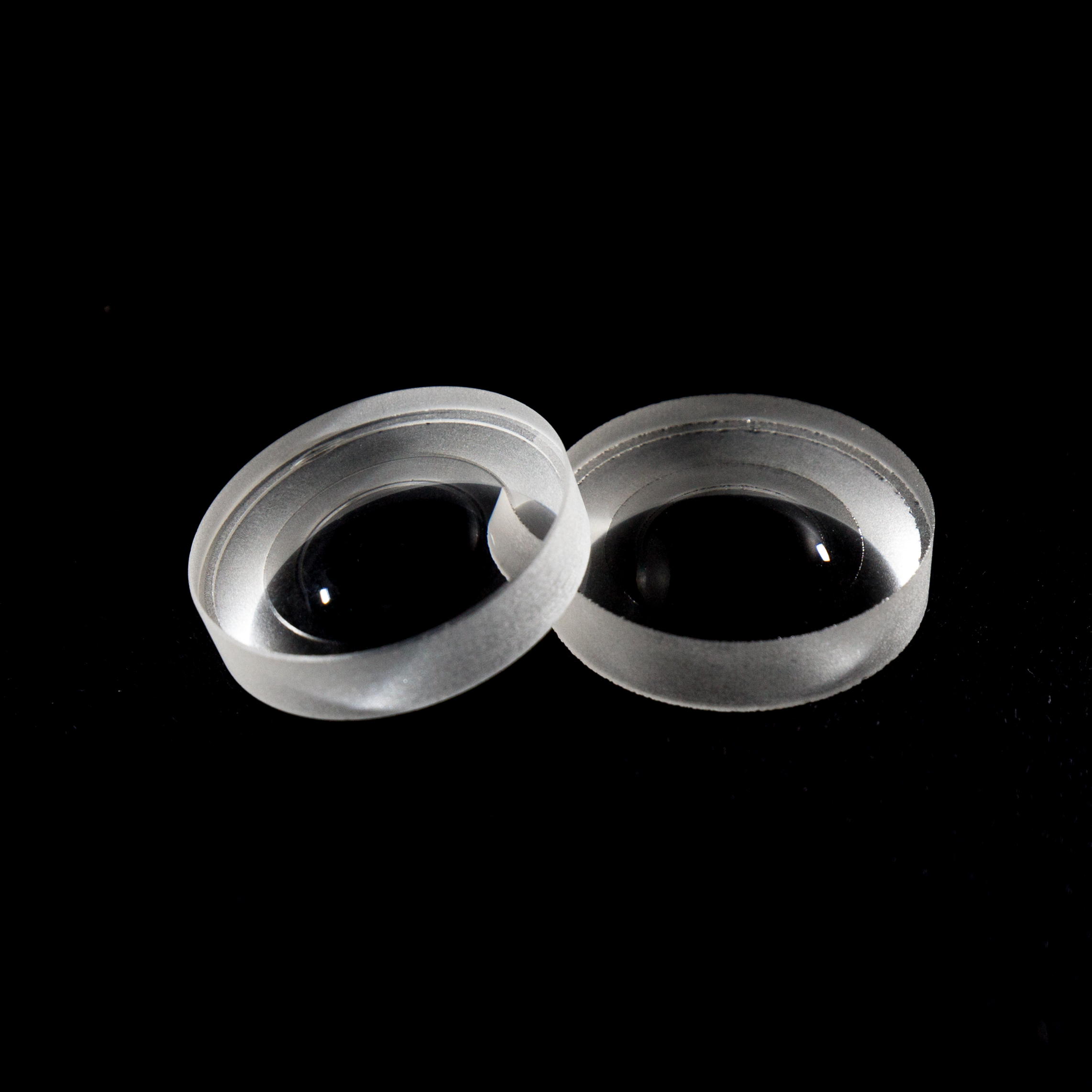With the convening of the Copenhagen Climate Conference at the end of 2009, the world has blew the horn of energy conservation and emission reduction. As a new energy-saving and environmentally friendly alternative technology, LED lighting has quickly become the focus of government, capital and business circles. According to statistics, as of the end of 2009, China has developed into the world's most important LED lighting production base. Under the impressive results, the LED lighting industry also has its shortcomings and people's misunderstandings about it. The author analyzes the following.
First, the LED lighting industry lacks upstream core technology
Due to the energy-saving and environmental protection advantages of LED lighting, in recent years, statistics show that the annual growth rate of global output of LED lighting has remained above 20%. China has also launched green lighting projects, semiconductor lighting projects, and “Ten Cities and Ten Thousand Citiesâ€. Plans to promote the development of the industry, the total output value of China's semiconductor lighting in 2008 was nearly 70 billion yuan. Moreover, various capitals have actively involved in the investment in the LED industry, and the scale of investment has grown rapidly. In the first half of 2009 alone, the total investment budget for LED projects launched across the country has exceeded 20 billion yuan.
However, according to Wu Zhenle, Chairman of Shenzhen Hantian Technology Co., Ltd., “Despite the current acceleration of investment and capacity expansion of China's LED industry, there are more than 3,000 LED lighting manufacturers, 70% of which are concentrated in the downstream integrated application, lacking upstream core technology. And because the size of the company is generally small and the standards are missing, the quality of the products is uneven."
He believes that many cities in China are currently carrying out LED lighting demonstration projects and alternative projects, but LED road lighting is still limited to branch roads, residential roads, pedestrian streets, and the application range is limited, especially the current quality of LED lighting products is uneven.
Second, the high cost of LED lighting is a one-sided view
At present, there is a misunderstanding in LED lighting in the society, that is, "LED lighting is a new technology, then the cost is definitely high", making the application of LED lighting in the domestic market urgently to be broken.
Wu Zhenle, chairman of Shenzhen Hantian Technology Co., Ltd. said that in fact, the high cost of LED lighting is a one-sided view. Nowadays, the high-pressure sodium lamps commonly used in highway lighting only need a few hundred yuan, and LED energy-saving lamps cost a few thousand dollars. This inferred LED cost is high and does not hold. Wu Zhenle further explained: “Traditional lighting requires laying cables. This is a costly one. At the same time, traditional sodium lamps have a short service life. Generally, lamps need to be replaced in a year or so, and the cost of repair and maintenance is high. These costs are included, LED lighting is not much different than traditional sodium lighting.

Meniscus lens is concave Convex Lens. The lens has an outer convex mirror and an inner concave mirror. If the outward radian is greater than the inward radian, the lens has a positive focal length and is used as a magnifying glass. Hengpu Photoelectric technology provides meniscus lenses without coating and coated with IR2 antireflection film. Germanium (GE) substrates are suitable for infrared applications.

Meniscus Lens,Spherical Lenses,Positive Spherical Lens,Negetive Spherical Lens
Hanzhong Hengpu Photoelectric Technology Co.,Ltd , https://www.hplenses.com